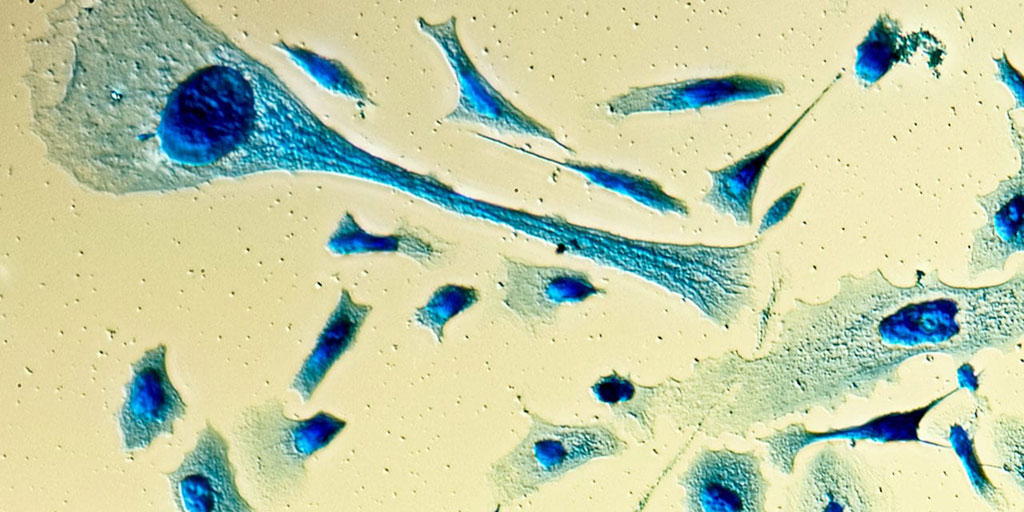Genomic Test Aids in Determining Prostate Cancer Treatment Options
By LabMedica International staff writers
Posted on 06 Aug 2021
A clinical study has confirmed that a commercially available genomic test was useful for identifying which prostate cancer patients would benefit from more immediate and aggressive treatment.Posted on 06 Aug 2021
Treatment of newly identified prostate cancer patients requires choosing between a watch-and-wait approach, known as active surveillance, or proceeding with surgery or radiation treatment.

Real-world data support the clinical utility of the Decipher Prostate Biopsy Genomic Test for determining prostate cancer treatment options (Photo courtesy of Clinical Lab Products)
Investigators at the University of Michigan (Ann Arbor, USA) assessed the clinical utility of the Veracyte (San Francisco, CA, USA) Decipher Biopsy test for identify patients who are at high risk of cancer progression and require a more aggressive treatment approach.
The Decipher Prostate Genomic Test was developed from a large cohort of metastatic and non-metastatic prostate cancer patients treated at the Mayo Clinic. This whole transcriptome test utilizes 22 coding and non-coding biomarkers that span seven cancer pathways to provide a more accurate, independent prediction of risk.
In the current study, 855 patients underwent Decipher Biopsy testing between February 2015 and October 2019. Cumulative incidence curves for time to treatment (TTT) and time to failure (TTF) were constructed using Kaplan–Meier estimates. Multivariable Cox proportional hazard models were used to evaluate the independent association of high-risk Decipher scores with the conversion from active surveillance (AS) to radical therapy and treatment failure.
Results revealed that of the 855 men, 264 proceeded to AS (31%), and 454 (53%) received radical therapy. In men electing AS, after adjusting for age, PSA (prostate specific antigen), prostate volume, body mass index, and percent positive cores, a high-risk Decipher score was independently associated with shorter TTT. Similarly, in patients that underwent radical therapy, a high-risk Decipher score was independently associated with TTF. Furthermore, following removal of the prostate gland, high Decipher scores were associated with shorter time until recurrence of elevated PSA levels or when patients were put on anti-androgen therapy.
"Men with a high Decipher score who were placed on active surveillance had a shorter time before active treatment was needed," said first author Dr. Randy Vince, Jr., an oncology fellow at the University of Michigan. "We have long needed better tools to reduce the uncertainty of these initial treatment decisions."
Results of the Decipher clinical study were published in the July 20, 2021, online edition of the journal Prostate Cancer and Prostatic Diseases.
Related Links:
University of Michigan
Veracyte









 assay.jpg)



